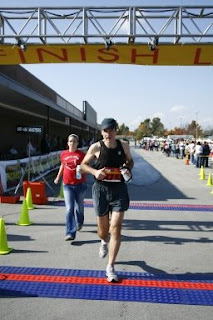May is Stroke Awareness Month. And here's a quick rundown on basic stroke facts, including signs and symptoms. Here's some of what you need to know about strokes:
During a stroke, nearly 120 million brain cells die every hour. Compared with the normal rate of brain aging, the brain ages 3.6 years each hour during a stroke. The sooner a patient receives care, the better the chances of recovery.
About 66 percent of strokes are spotted by a bystander, but less than half of Americans know the common warning signs and symptoms of stroke, which can be remembered using the acronym FAST -- (F) face drooping, (A) arm weakness, (S) speech difficulty, (T) time to call 911.
Other stroke symptoms include sudden numbness, sudden trouble seeing in one or both eyes, sudden severe headache with no known cause and sudden trouble walking.
The fastest way for stroke patients to receive treatment is by calling 911. Driving to the hospital is a common mistake people make, and it can result in longer wait times before the patient receives care.










